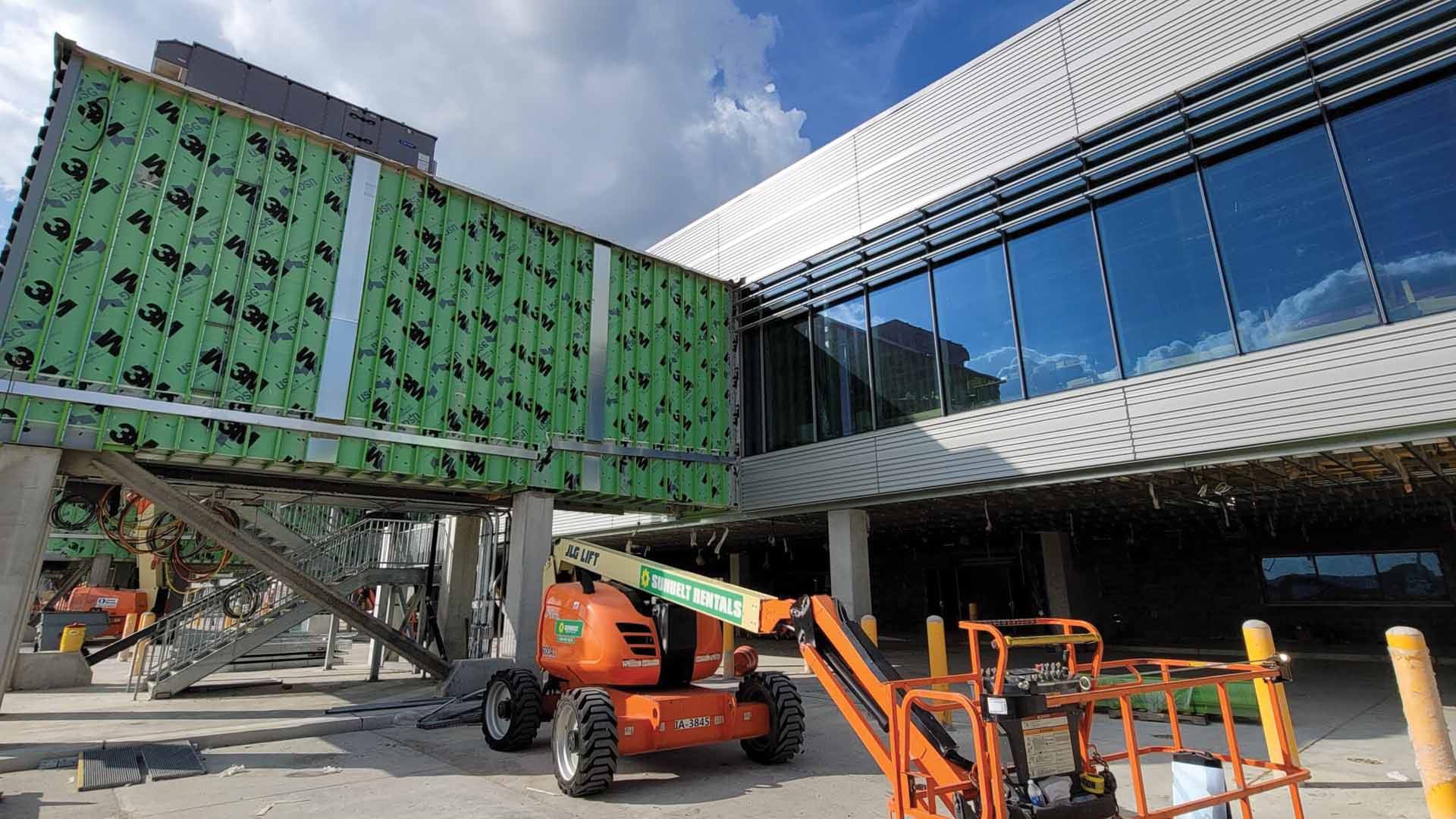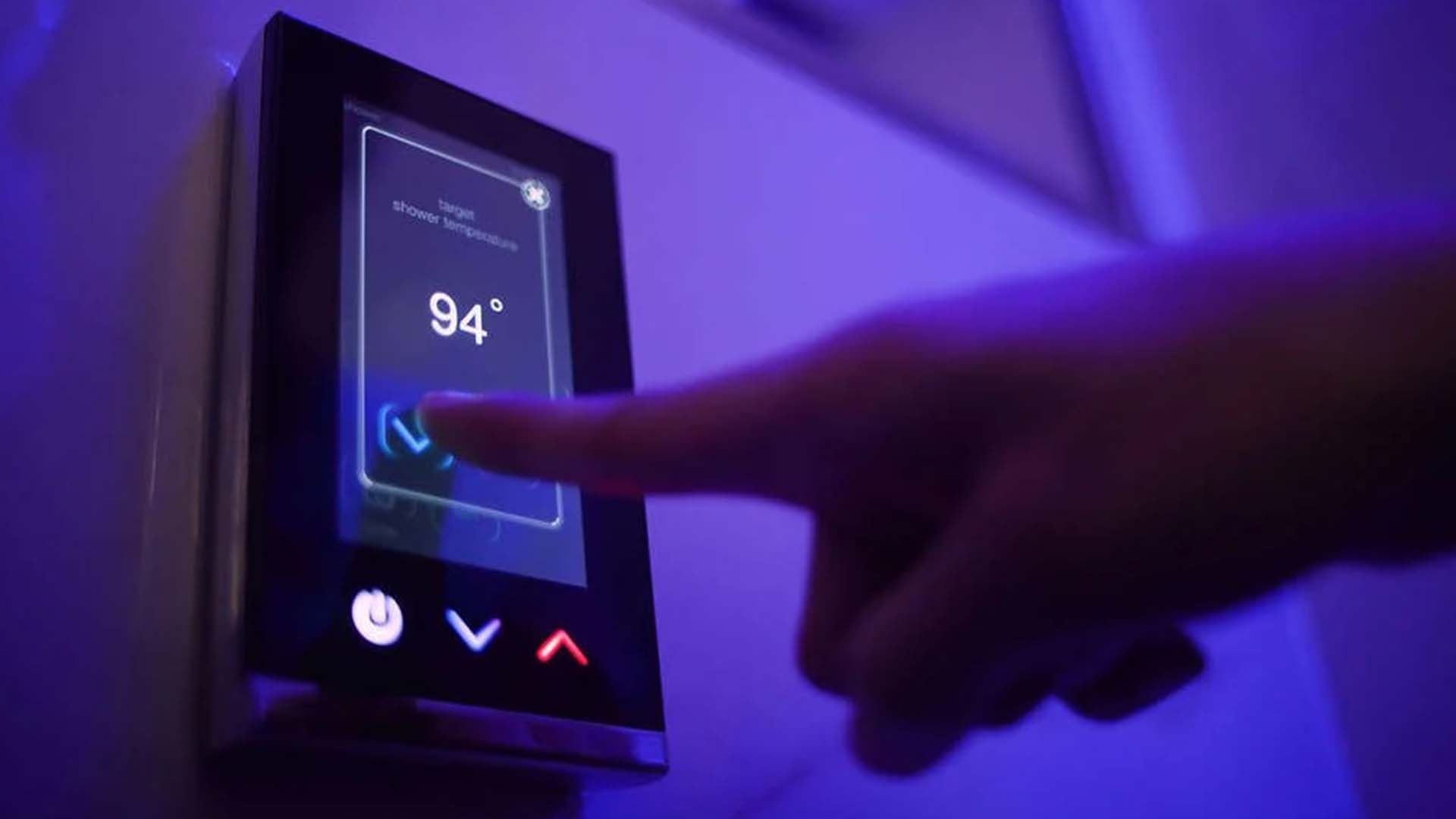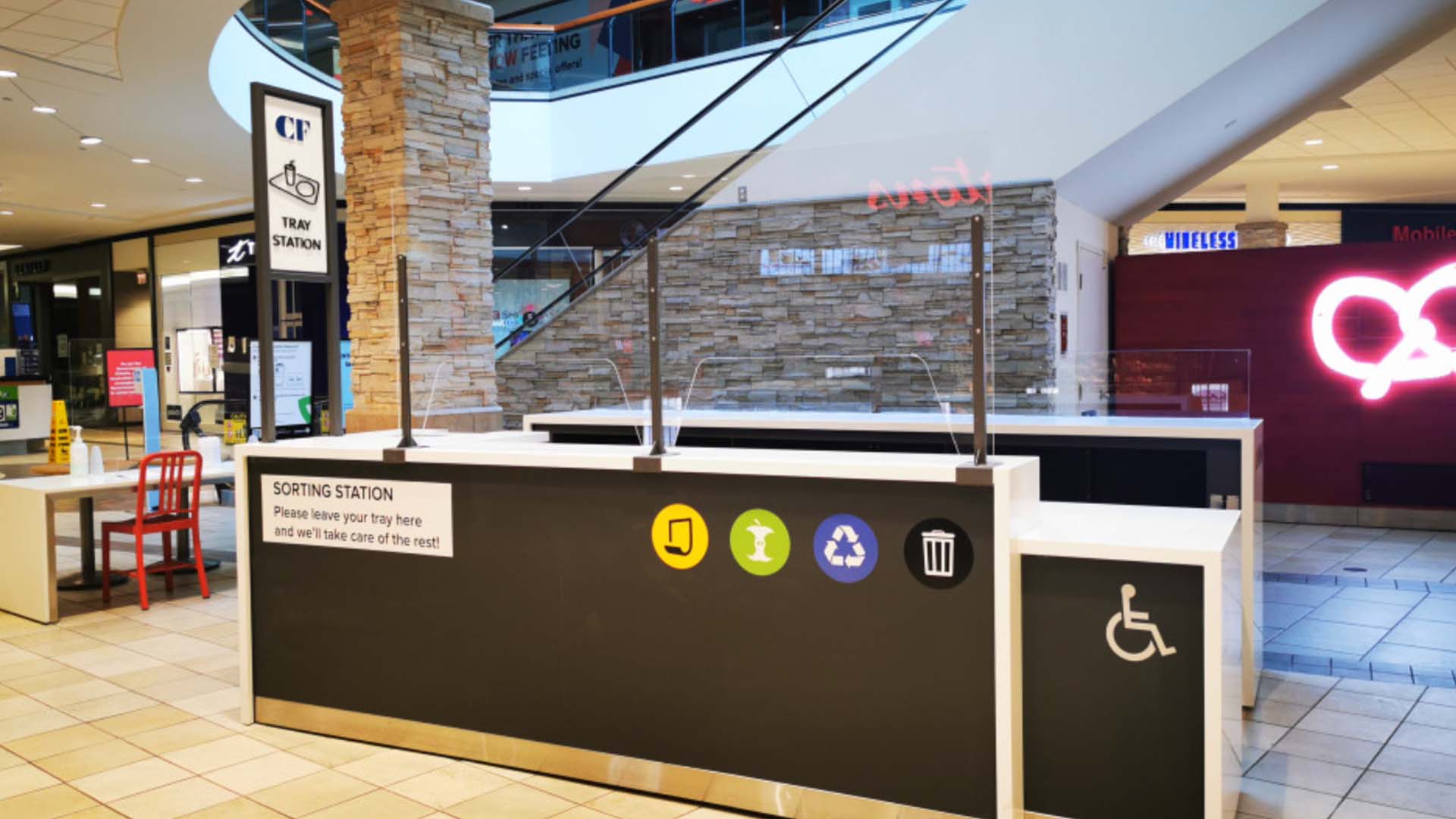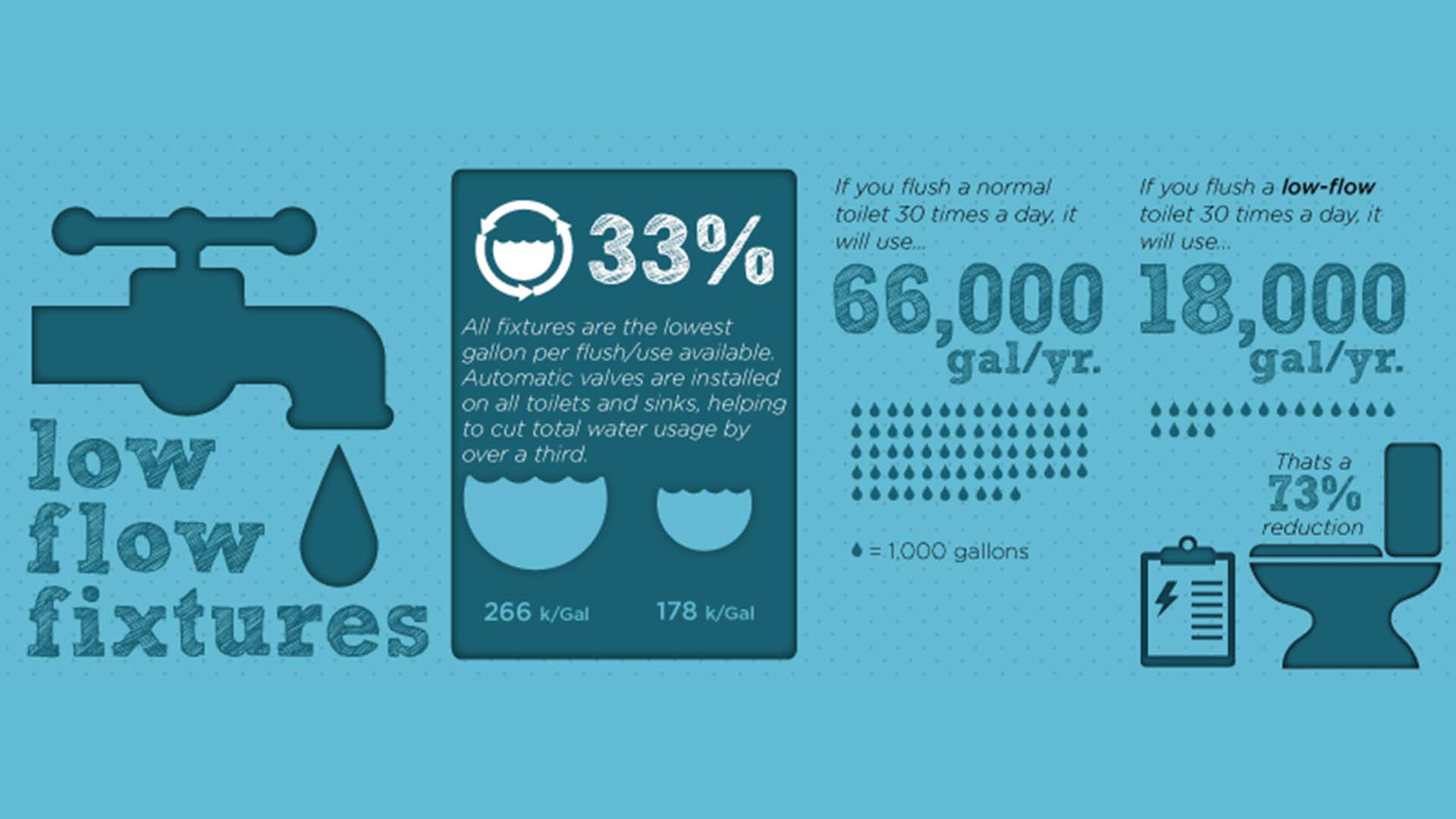Buildings generate nearly 40 percent of annual global CO2 emissions, and, to accommodate the largest wave of urban growth in human history, new floor area to the global building stock is expected to double by 2060. There has never been a more important time to take a look at how to lessen buildings’ effects on the global climate. As a result, here are some ways that building companies and architects have been implementing sustainable building practices.
1. Efficient Building Design
One popular sustainable building practice is efficient energy building design. This is a cost-effective strategy that includes many possible design measures such as high-performance envelopes, air barrier systems, energy-efficient lighting, passive solar heating, water conservation, and sun control and shading devices.

For example, losses through the building envelope cause 30 percent of energy waste in residential and commercial buildings. A solution to this problem that some buildings use is the high-performance 3M’s Air and Vapor Barrier Solutions like the VentureClad™ Insulation Jacketing System. This protects the building from the outside elements, moisture, and UV from damaging the system’s insulation value. This reduces the energy loss from the building to make it more energy-efficient and sustainable. The newly built UBS Arena uses this jacketing system to protect the rooftop HVAC system.
Another example of efficient design is passive solar heating. This is the practice of situating and designing a facility to maximize solar energy for heating during winter while blocking the sun in the summer months. Since the sun rises in the east and sets in the west, passive solar heating design informs architects to put most of the windows on the southern facing side of the building to receive the sun’s warmth all day.
2. On-Site Renewable Energy
Another sustainable building practice is to integrate on-site renewable energy into the building. For example, photovoltaics, solar water heating, and wind turbines can be installed for on-site electricity generation. Similarly, biomass like wood, agricultural waste, and more can provide space and water hearing when burned on-site.
One innovative sustainable renewable energy source is deep lake water cooling (DLWC). This is what Cadillac Fairview, one of the top developers in Canada, uses to cool all of its Triple-A office properties in Downtown Toronto, along with other properties.
With DLWC, water is extracted from Lake Ontario at about 4°C (39.2°F) and is run through Toronto’s water treatment facilities to make the water potable. The water then goes to a pumping station. During this trip, water passes through heat exchangers to help cool down the water that circulates the downtown core of Toronto.
Inside the buildings, there are two heat exchangers: one city water stream and one chill water stream. This closed-loop system consists of the chilled water going out to cool the building which then comes back to the heat exchangers to get chilled again. In comparison to traditional air conditioning, DLWC can reduce electricity use by 75% and eliminate up to 40,000 tonnes of carbon dioxide a year while providing the same amount of cooling.
Cadillac Fairview showed Tomorrow’s World Today how DLWC worked:
Furthermore, while renewable energy sources provide a sustainable way for organizations to power their properties, many grid systems lack storage to power facilities during times of low solar availability. A possible solution is using a grid hybrid system. This stores excess energy in the building and allows the renewable source to function at night, during overcast days, and in other non-ideal conditions to most efficiently utilize renewable energy.
3. IoT Integrated Automated Building Systems
The Internet of Things (IoT) is touching every industry, from health care to education to buildings. In terms of buildings, the IoT gives facility managers access to data that they did not previously have access to. This access can enable the improvement of building sustainability.
For example, IoT sensors can dynamically adjust the required ventilation and lighting levels inside the building based on temperature, weather, and CO2 readings. This means that the facility manager doesn’t need to manually adjust this equipment with guesses; the automation ensures that the levels are as sustainable as possible.

One case study of the successful integration of IoT in a building is the Sinclair Hotel in Fort Worth, Texas. By transitioning to IoT-enabled, smart building platforms, the hotel reduced its energy usage by over 40 percent. Some of Sinclair’s IoT integrations include in-room automation for lighting and climate control, and data collection for inventory management, power management, and cost-saving innovations.
4. Green Roofs and Vertical Gardens
Another sustainable building practice at the forefront of architecture trends is the practice of green roofs and vertical gardens. With a green roof, grass, plants, flowers, bushes, and more enable the soil to easily absorb stormwater. Additionally, it reduces heating and cooling costs and improves air quality.
The first high-rise to get a LEED Platinum certification uses an especially innovative green roof—the Bank of America Tower in Manhattan. The building saves about 100 million gallons of water per year because of its waterless urinals and rainwater collection facility on the roof that cools the interior and flushes toilets. The roof also collects the building’s fresh air. The air is then treated with highly efficient filters and distributed to indoor spaces.
 Similarly, vertical gardens are used on buildings for increased sustainability. For example, Sydney’s One Central Park is immediately recognizable from the vertical gardens adorning its side. The building’s 383 plant species cover about 50 percent of its façade and effectively trap carbon dioxide, emit oxygen, and provide energy-saving shade for the building.
Similarly, vertical gardens are used on buildings for increased sustainability. For example, Sydney’s One Central Park is immediately recognizable from the vertical gardens adorning its side. The building’s 383 plant species cover about 50 percent of its façade and effectively trap carbon dioxide, emit oxygen, and provide energy-saving shade for the building.
5. Food Waste Reduction
A way for buildings to make a smaller sustainability impact is in their food courts and restaurants in ways to reduce food waste. According to the nonprofit ReFED, a third of all food grown for human consumption in the United States never makes it to someone’s stomach. That’s about $408 billion worth of food, grown on 18 percent of U.S. farmland with 4 trillion tons of water. Furthermore, wasted food globally accounts for about 8 percent of all greenhouse gas emissions. The environmental consequences of producing food that no one eats are massive.

As a result, some buildings have taken measures to reduce food waste and improve sustainability. For example, Cadillac Fairview unveiled a low waste sorting station at Toronto building CF Lime Ridge. This sorting station was constructed from 50 percent recycled materials, including 100 percent recycled high-density polyethylene (HDPE) plastics. Once guests finish their meal, they bring their trays to the sorting station where trained staff will properly separate materials, effectively diverting food waste from landfills.
Another food waste reduction strategy is through a building-wide composting program. For example, the Salesforce Tower in San Francisco implemented a building-wide recycling and composting program. In this full circle program, compostable building waste is sorted and sent to the city’s composting program, which in turn disperses compost to regional farmers. Farmers then return to Salesforce to sell fresh, local produce at the tower’s weekly Farmers Market.
6. Low-Flow Water Fixtures
Low-flow water fixtures are exactly what they sound like: plumbing fixtures that use significantly less water than conventional ones. These water-conserving fixtures include faucet aerators, high-efficiency toilets, and low-flow shower heads. They can reduce water consumption, lower water bill costs, and also assist commercial buildings in gaining LEED certification.

One common example of a low-flow water fixture is a low-flow toilet. Toilets were once made to function using 7 gallons per flush, but these days they can efficiently operate using only 1.3 gallons. Clearly, replacing all traditional toilets with low-flow toilets in a large building would have massive savings in water and money.
For example, the Taipei 101 building in Taipei uses low-flow water fixtures to reduce water usage by at least 30 percent compared to average building consumption. This saves about 7.4 million gallons of water per year!




